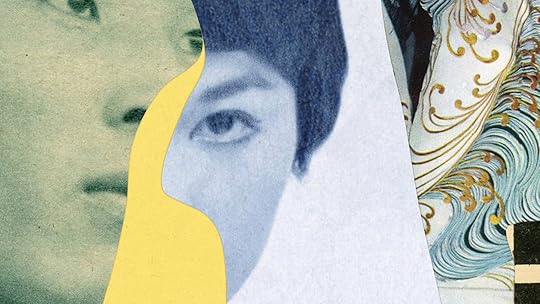What do you think?
Rate this book


288 pages, Paperback
First published January 1, 1996
Whenever Hideko heard an opera’s first few notes, she always felt that the music wanted to tell her that, even if only for a little while, she could be liberated from all trivial cares. And she would eagerly seize the opportunity to be transported to another world.
... it won't do any good to just tell you; that won't make you see how all your tricks are gathered, intertwined, and packed inside me. The only way to prove it will be to have you cut me open and look. Look, everybody. Here they are: all the deceit and tricks I was forced to hold inside.

"She had to die at some point, she could accept that; and to die in that particular way might even be her fate. But so suddenly, so quickly – Noriko couldn't begin to face the possibility."

Winner of Japan's top literary prizes (the Akutagawa, the Tanizaki, the Noma, and the Yomiuri), Taeko Kono writes with a strange beauty: her tales are pinpricked with disquieting scenes, her characters all driven by nameless desires, especially in the context of their intimate relationships. (back cover)
Fukuko realized that she'd been in a particular mood for some time now, a mood that would keep her walking beside Murao into the night, walking on and on until they became the perpetrators - or the victims - of some unpredictable crime.
The children set about lighting their sparklers. Each time she brought a flame to the tip of one, the girl's fingers would tremble slightly. She had to be careful: she could never tell exactly where the first sparks would shoot out. Then the darkness suddenly would be ablaze, and transfixed, she would be in another world. The sparkler would make fiery, spitting sounds, fizzling away before her eyes. In those few seconds, though, she knew the sparkler was living for all it was worth - fiercely, keenly, in a beautiful world of color and light. Even when everything became dark and still once more, the girl would be sure that she still saw something there, glowing and fizzling away.
"An Odd Owner", translated by Goro Takano
http://catranslation.org/an-odd-owner